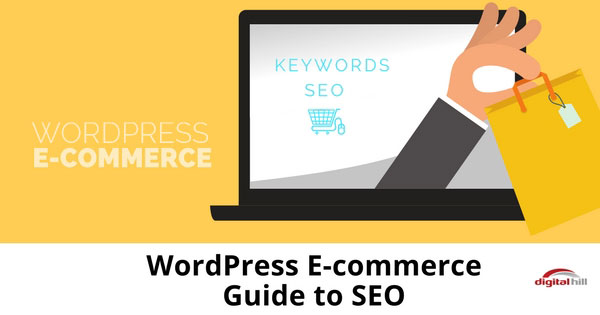WordPress E-commerce Guide to SEO

Your WordPress e-commerce store is up and ready for visitors, but you don’t see a lot of traffic coming your way.
How your site is optimized for the search engine or lack thereof, has a major influence on your site traffic.
Here’s a quick guide to SEO for WooCommerce. You’ll learn how to work with the on-site and off-site factors that determine where your site lands in search results.
Choosing the Right Keywords
Keywords and keyphrases form the foundation of your SEO strategy. These are the words people put in the search bar to look up products and service like yours. With the right strategy, your pages will be at the top of the search results for that particular key phrase.
Choosing the right keywords is as much of an art as it is a science. You need to balance out the popularity of the keyword phrase the businesses competing to rank for the phrase. Use a tool like KeywordTool.io to help.
Start with 2 or 3 words you have to rank for. For example, if you’re a landscape design company, you’ll need to rank for landscape design your city and your city landscape design. It will take time to move up the search page for these keywords as they have a lot of businesses competing for them.
At the same time use your blog to add keyphrases with less competition, such as sustainable landscaping in your city or low maintenance landscaping in your city. These longer phrases will have less competition but will still get you found by potential new customers.
Take a look at the phrases similar e-commerce sites use. While they may have a different audience than your website, you can build off this data when you put your own list together.
Leveraging WordPress SEO Features
WordPress has a lot of built-in SEO features that help you improve and move your site up the search page results. Third party plugins like Yoast SEO and All in One SEO give you even more options to optimize your site for the search engine. You must have an SEO plugin in your WordPress site.
Use the keywords you found throughout your website. Your title tags, headers, alt text and body text, should all have keywords in it. The URL for each page should also include a keyword.You should be able to take advantage of these plugins even if you set up your WordPress ecommerce store with Shopify’s (www.shopify.com/website/build
Getting Inbound Links
You also need other websites to link to your site. These inbound links show Google you have a trustworthy and reputable e-commerce store.
Here’s where influencer marketing steps in. Let people with an engaged following test your products in exchange for a post on their blog about the product and a link back to your website.
Fixing Technical Errors
If you have broken links or other technical problems with your website, it looks bad to customers and search engines. Test everything on a regular basis to make sure your site is in working order.
Add a broken link plugin to your site to eliminate the need to go through each link individually.
Does your website layout make shopping easy? Would the average buyer find the info to make a purchase easily and quickly? Ask yourself these questions as you go through your site.
Continually Improving Your SEO Strategy
Your SEO strategy is not a one-off process. You need to revisit it regularly and search for ways to improve. Gather and analyze performance data to understand how your keywords perform, how many links you have available, and your basic search engine rankings.
When you take the time to improve your SEO, you will get more organic visitors.
Need help with your e-commerce site? Contact Digital Hill. We can help.
